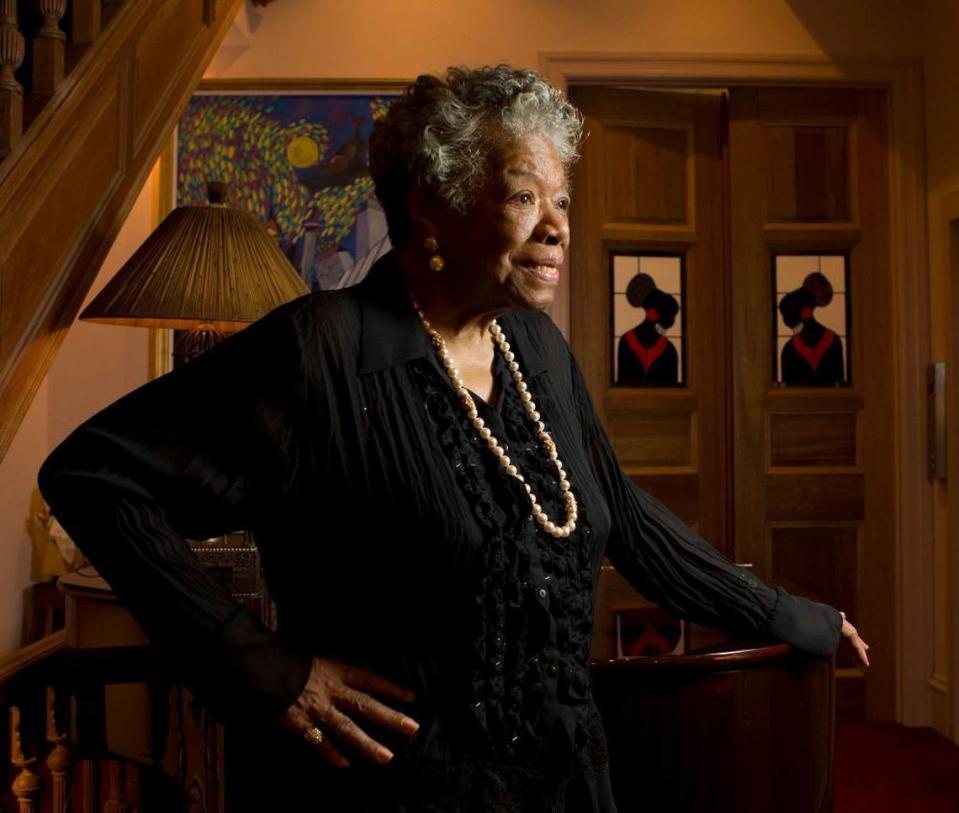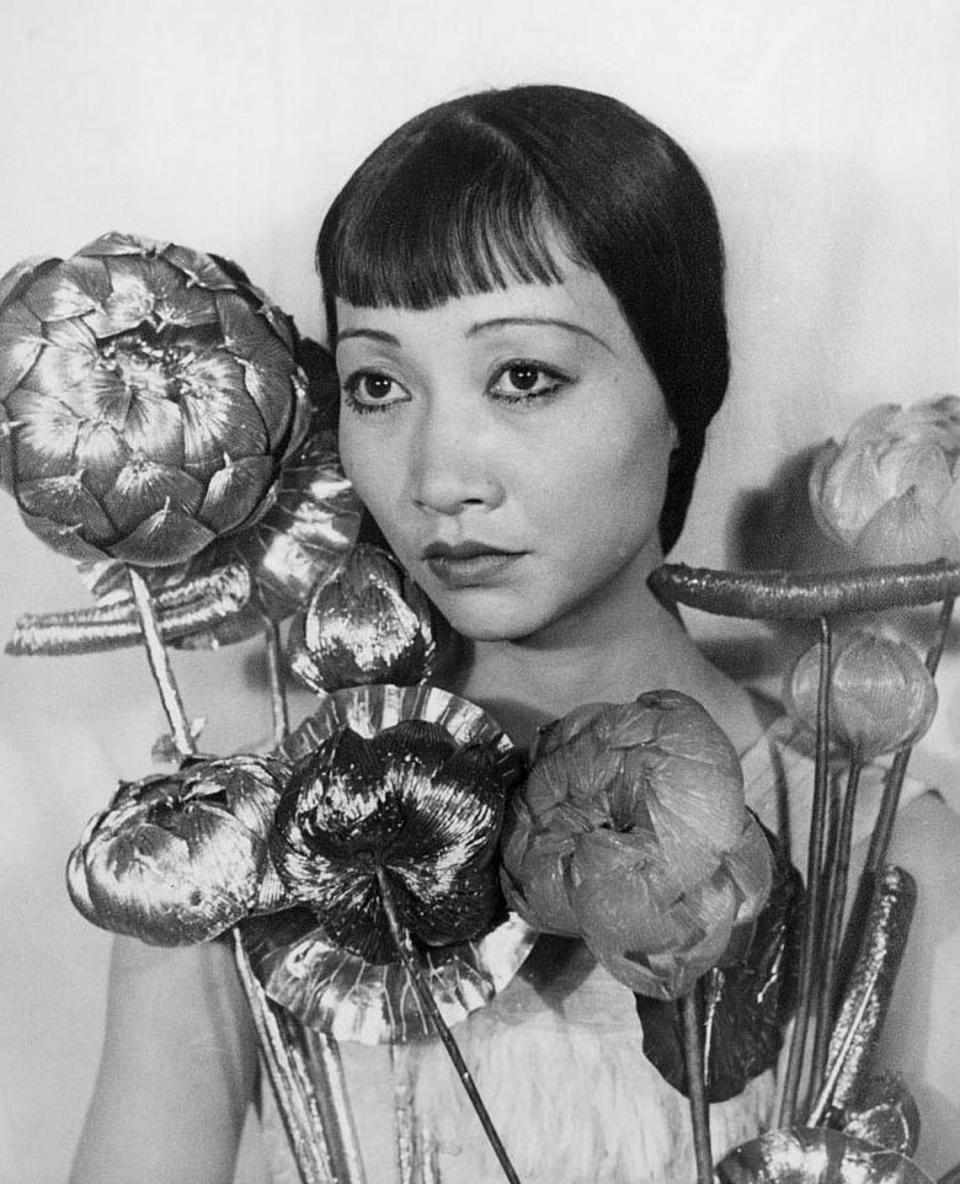Who could replace Junipero Serra statue at US Capitol? Here are 5 ideas for California
California donated a bronze statue of Father Junipero Serra to the United States Capitol’s National Statuary Hall Collection in 1931 and he remains in this place of prominence today. Recognized for his establishment of many California missions, the Catholic priest has since been removed from state locations as his treatment of Native Americans in those missions becomes more well known.
If California decides to replace Serra’s statue in D.C., who could take his place?
Junipero Serra’s controversial statue represents California. Here’s how it could be replaced
Each state is allowed to display two statues in the National Statuary Hall of the U.S. Capitol. The criteria for those statues are:
The person must be dead.
The person must be a U.S. citizen.
The person must have resided in the state that it represents.
The person must be of historic renown.
The statue must be only one person and show their full length.
Here are six historical figures who fit the criteria to represent California in the Capitol:
Maya Angelou

(1928-2014)
Maya Angelou is a celebrated poet, memoirist, producer, actress, historian, filmmaker, civil rights activist.
Born in St. Louis, Missouri, Angelou attended school in Oakland during the beginning of World War II. As a teenager, she became San Francisco’s first Black female streetcar conductor — after being rejected from applying several times due to her race.
In 1969, Angelou published her highly acclaimed “I Know Why the Caged Bird Sings,” an autobiography about her overcoming trauma, racism and sexual abuse. She’s also published poetry, including “On the Pulse of Morning” which she read at the 1992 inauguration of President Bill Clinton.
Angelou also became the first Black woman to have a screenplay turned into a film with “Georgia, Georgia.”
Honored internationally for her work, she was awarded the National Medal of Arts in 2000 and the presidential Medal of Freedom in 2011 by President Barack Obama. She received more than 30 honorary degrees.
Sources: Maya Angelou | Biography; National Women’s History Museum | Maya Angelou; National Book Foundation | Dr. Maya Angelou
Sally Ride

(1951-2012)
Sally Ride pioneered beyond Earth, exploring space as one of the first female astronauts.
On June 18, 1983, Ride went aboard the Challenger’s STS-7 as the first American woman to do so and took another trip to the orbit the following year. Ride’s job was to work on the robotic arm, which is used to place satellites into space.
While at NASA, Ride became the first director of the agency’s Office of Exploration. She was also the only person to serve on both the Presidential Commission and Columbia Accident Investigation Board to look into the Challenger accident of 1986 — a space shuttle explosion that killed seven astronauts, including a teacher.
After her explorations, Ride became a physics professor at the University of California, San Diego. She cofounded Sally Ride Science in 2001 with her colleagues to empower young people — especially girls — to learn about science, technology, engineering and math.
She co-authored seven children’s science books and started NASA-funded programs to promote science education. Her list of awards is sweeping and it includes the National Women’s Hall of Fame, the California Hall of Fame and the Presidential Medal of Freedom.
Sources: NASA Solar System Exploration | TSally Ride (1951-2012): NASA Astronaut / First American Woman in Space; NASA | Who Was Sally Ride?; NASA | Review of U.S. Human Space Flight Plans; Sally Ride Science at University of California, San Diego | Dr. Sally Ride
César Chávez

(1927-1993)
César Chávez was a labor leader who advocated for farm workers’ rights. In 1962, he created the National Farm Workers Association with Dolores Huerta, another influential labor activist. The association, now known as the United Farm Workers of America after being merged with Larry Itliong’s Agricultural Workers Organizing Committee, is the country’s largest farm workers’ union.
Born in Arizona, Chávez grew up in a farming family and was a migrant farmer after his family lost their land during the Great Depression. In 1946, he served in the U.S. Navy during World War II.
Chávez first stepped into advocacy work in 1952, when was recruited by the Community Service Organization — the biggest Latino civil rights group — at the San Jose chapter. For 10 years, he led campaigns against discrimination, promoted voter registration and helped set up CSO chapters in California.
He also led the Farm Workers Movement, fighting for farmers’ rights to organize and for better pay and improved working conditions.
In 1994, Chávez was awarded the Presidential Medal of Freedom, the highest civilian honor given to people who’ve made contributions to the U.S., posthumously.
Sources: The Student Nonviolent Coordinating Committee | National Farm Workers Association; Cesar Chavez Foundation | About Cesar Chavez; Equal Justice Inititative | The Farmworkers’ Movement
Anna May Wong

(1905-1961)
Anna May Wong was born in Los Angeles’ Chinatown and became one of the first Chinese American film stars. She imprinted her name in Hollywood during a time when few Asian Americans were featured in the movie industry. Wong starred in more than 60 movies, including “The Thief of Baghdad,” “Piccadilly” and “Shanghai Express.” Her work included silent films, television shows, Broadway productions and one of the first Technicolor movies.
Wong’s options in Hollywood were limited by the prevalence of state laws that banned interracial marriage and prohibited on-screen intimacy between people of different races. Bans on interracial marriage were overturned in 1967 when the U.S. Supreme Court made a landmark ruling on the issue.
Still, Wong continued to star in films in the states and Europe, and landed a star on the Hollywood Walk of Fame in 1960 before dying of a heart attack a year later in Santa Monica. In 2022, Wong was among five women who were celebrated by having their faces minted on quarters.
Sources: National Women’s History Museum | Anna May Wong; Encyclopaedia Britannica | Anna May Wong; United States Mint | American Women Quarters Program
John Thompson
(1827-1875)
John “Snowshoe” Thompson was a mail carrier that linked Californians to people living on the eastern side of the Sierra Nevada.
From Norway, Thompson came to California to mine in Placerville during the Gold Rush. But he found his calling elsewhere.
Thompson took a job to transport mail after he saw an ad in the Sacramento Union newspaper that stated “People Lost to the World; Uncle Sam Needs a Mail Carrier.” In 1856, he trekked 90 miles on the Old Emigrant Road between Placerville and Carson Valley, Nevada. He’d later take the Big Tree Route between Genoa, Nevada, and Murphy’s Camp, California.
To get across the mountains in the winter, Thompson made hand-hewn “snowshoes” to help him carry mail. On his routes, he faced snowdrifts up to 50 feet and blizzards with a 50-to-100-pound mailbag on his back. And while he’s known for connecting Genoa to the outside world, he also delivered medicine and rescued people in his travels.
He was designated to the U.S. National Ski Hall of Fame in 1970.
Sources: California Department of Corrections and Rehabilitation | Snowshoe Thompson risked life to deliver prison correspondence; Smithsonian National Postal Museum | John “Snowshoe” Thompson; U.S. Ski and Snowboard Hall of Fame | John “Snowshoe” Thompson; Town of Genoa | Snowshoe Thompson

 Yahoo Movies
Yahoo Movies 
